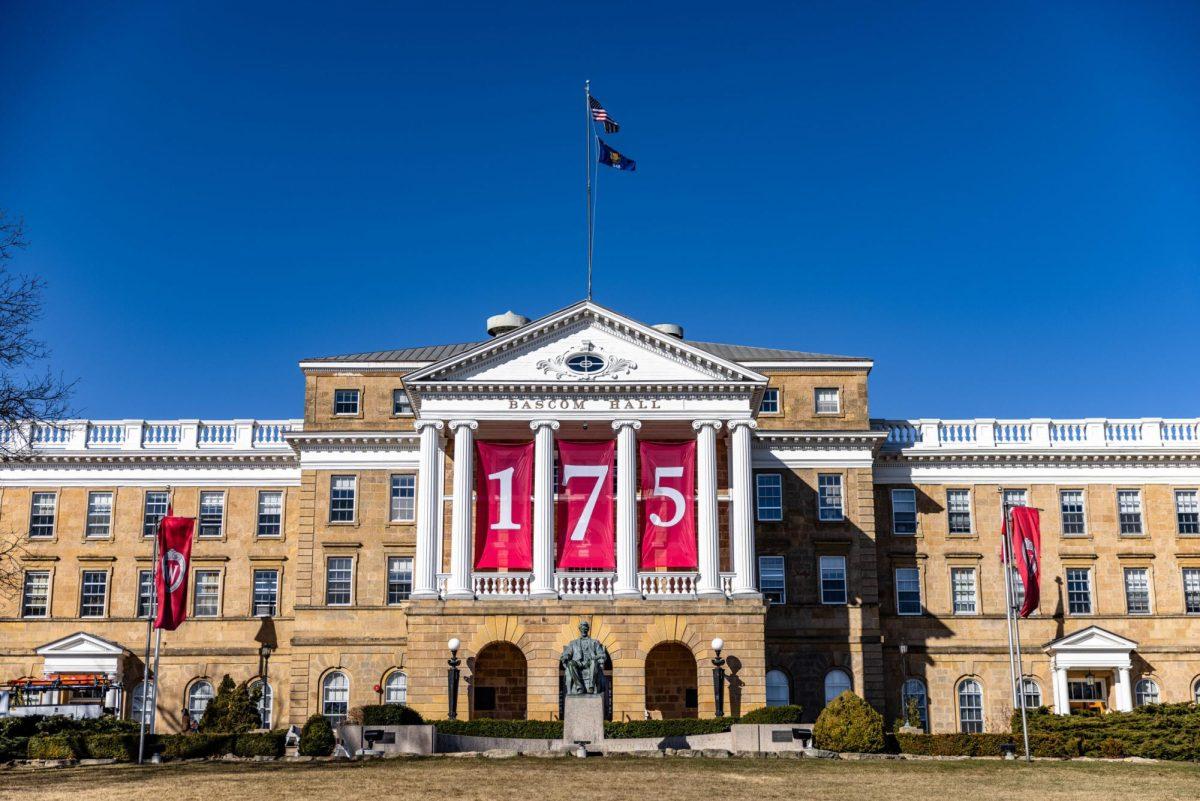
The report examined poverty with a Wisconsin-specific measure, taking into account state policies and adjusting for the changing cost of living within the state and relative to the rest of the United States.
Researchers reviewed state programs Wisconsinites would consider important, including BadgerCare and child care, IRP director Timothy Smeeding said.
The Wisconsin measure also included state income tax and other state-specific policies such as nutrition assistance and tax credits.
“This is something we do for the state,” Smeeding said. “It’s for Wisconsin and it could be done for local areas or serve the needs of state legislators.”
According to the report, poverty was highest under both measures in Milwaukee County, at 18.8 percent under the Wisconsin measure.
Ozaukee and Washington Counties showed the lowest poverty rate at 4.6 percent.
The report also showed the poverty rate was higher among children, elderly and all age groups combined than under official measures.
One in seven children and one in 10 elderly residents in Wisconsin are living in need, according to the report.
The Wisconsin measure also included work-related expenses and medical expenses.
These are often excluded in the official measure of poverty.
IRP researcher Joanna Young Marks added these expenses decrease the income Wisconsin families have to pay for basic needs, such as housing, food and medical costs.
Smeeding added while the poverty rate worsened, comparisons between 2008 and 2007 poverty levels are difficult because the new report used new and different measures.
“Just to get the information is helpful,” Smeeding said. “Later the state can come to us, but we don’t expect any big steps so far.”
According to Marks, the Wisconsin measure shows a higher overall poverty rate than the official measure of 10.2 percent.
However, the Wisconsin poverty rate was lowered by two percent due to the financial assistance from tax credits and nutrition, housing and energy assistance.
Marks added the report will be used to both form a more complete picture of how Wisconsin’s public programs are working,
“We do think it will help with combating poverty because it gives a better picture of needs and resources that Wisconsin families have. So, it can help identify what programs work best,” Marks said.
IRP researchers tried to make the Wisconsin measure user-friendly, so another state could adapt and adjust the measures for their own policies.
“It would be a very solid starting point to look at poverty within their own state,” Marks said. “And we’re going to be working with other states.”
Marks added while research was conducted in IRP, they worked with others at the state and federal level.
“It demonstrates the ‘Wisconsin idea’,” Smeeding said. “Mainly it’s us doing something for the state.”


















